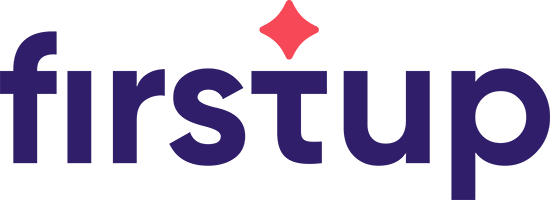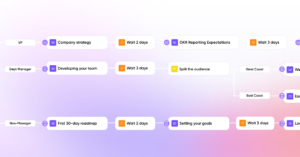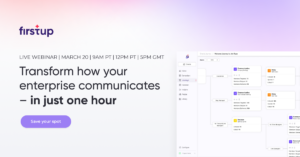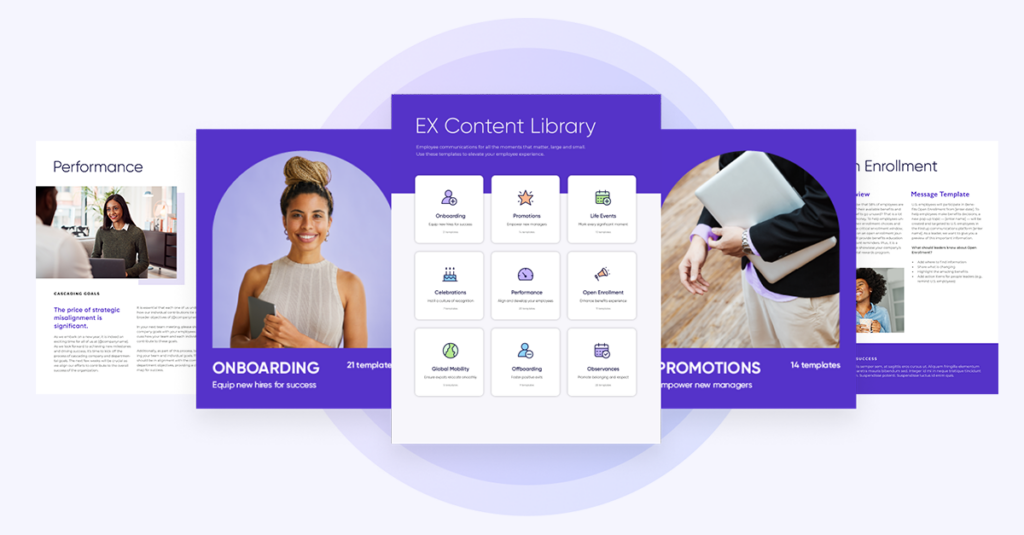It’s time we recognized deskless employees, who are 80% of the global workforce. They’re on the front line, building and selling products we enjoy, and keeping us healthy. But without company emails or laptops, they can easily feel disconnected from headquarters.
Many of these un-wired employees are in industries like retail and hospitality with the highest attrition and turnover rates, so getting them access to company policies, up-to-date information, and their organization’s brand story is essential. But they are often overlooked when it comes to technology to improve their employee experience.
So, how do we empower this group?
Here are five solutions to improve engagement for your deskless workforce.
- Workforce communications platform – These employees want content that is relevant to them. Leverage a technology platform that can reach them where they are, when they are ready, and on the channel or vehicle of their choice. This solution should influence the full breadth of your communications stacks: mobile, intranet, collaboration, and digital signage.
- Mobile drives engagement – With over 92% of millennials having a smartphone, your deskless employees are most likely already comfortable with mobile. They can quickly check their PTO balance, get the latest corporate news, and sign off on compliance notifications when it’s convenient for them.
According to Firstup’s Comms Effectiveness Survey, two-thirds of employees found their branded company app easier and faster than other content sources, such as their intranet, email, and printed materials. And employees are three times more likely to interact with mobile communications than web-based.
- Video – Video is one of the most powerful mediums, with a minute of video equivalent to 1.8 million words. So it is no surprise that it has three times higher click-through rates (CTRs) than other types of content, and it contributes to keeping 53% more employees as active users after their first 30 days using their branded communications app.
- Personalization and targeting – One size does not fit all, and segmenting communications to different groups, by location, job, etc., help you personalize your messaging and drive desired actions. Moreover, it benefits your team and employees. For example, rather than sending out a full blast of policy changes that affect only a portion of your workforce, you could send the information only to those affected. People feel more engaged with relevant content, and our survey saw nearly double the click-through rate with targeted channels.
- Measuring – Measuring your communications’ performance is critical to reaching your employees and meeting your business initiatives. By looking at both qualitative and quantitative data, you work toward improving reach, engagement, and retention. Though every organization’s objectives vary, benchmarking your programs can help you reach your goals, prove your team’s value, and get you a seat at the table.
The right technology improves the employee experience and company culture, even for deskless workers. Learn how Dow brings its story to their manufacturing employees using a branded communications app in a new video.











